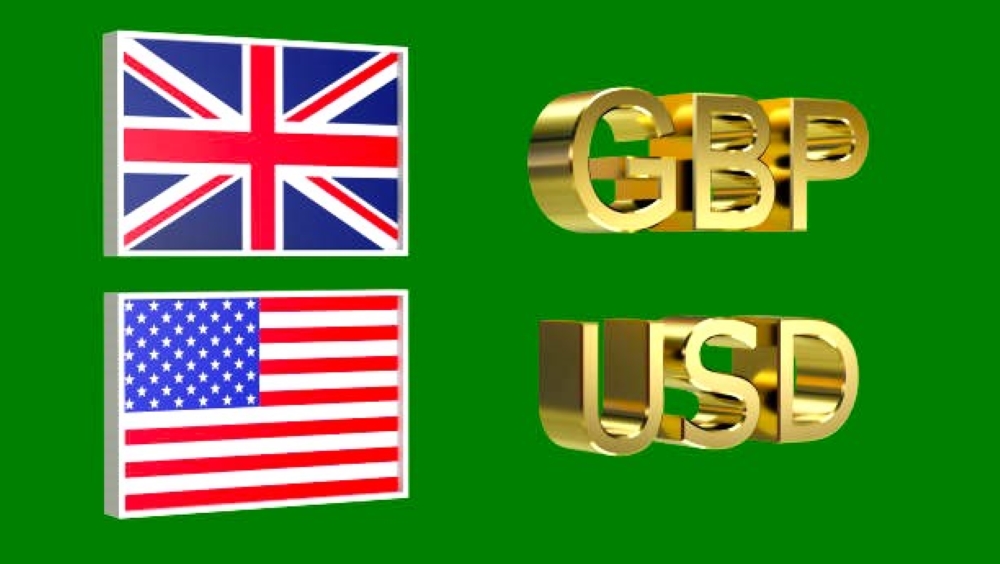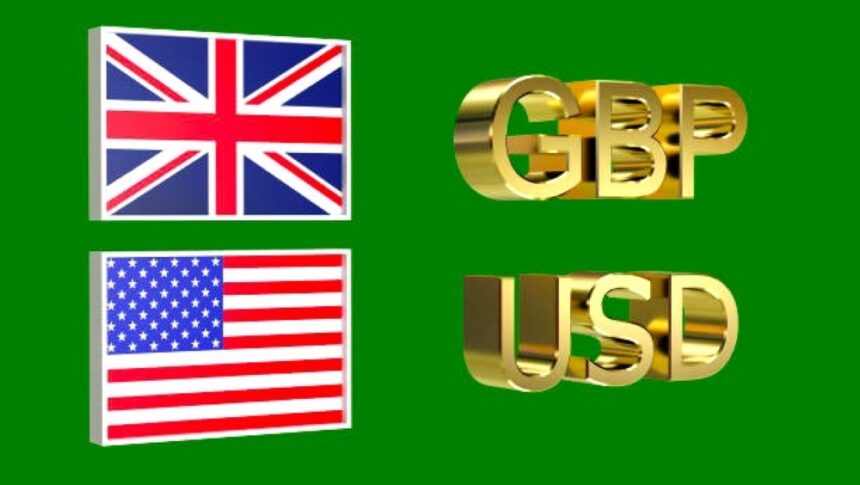The Pound Sterling (GBP) soared to its highest level since mid-2022, hitting 1.3630 against the US Dollar (USD) during Tuesday’s European session. This rally followed an official ceasefire between Israel and Iran, which ignited a global risk-on sentiment and subdued safe-haven demand for the Greenback.
The US Dollar, a typical beneficiary in times of uncertainty, lost ground swiftly as investors rotated out of defensive assets. The US Dollar Index (DXY), which tracks USD against a basket of six major currencies, tumbled sharply to 98.13, down from Monday’s two-week high of 99.40.
Trump Confirms Truce: “Please Do Not Violate It”
The ceasefire was confirmed by both Iranian state media and US President Donald Trump, who posted on Truth.
Tehran’s announcement followed four waves of Iranian attacks on Israeli-occupied territories. The truce brought a sigh of relief to financial markets, especially to oil-importing nations like the UK, as oil prices plunged nearly 15% from recent highs.
UK Flash PMI Surprise Lifts Sterling Momentum
Adding to Sterling’s momentum was a positive surprise in UK economic data. The preliminary S&P Global PMI for June showed faster-than-expected growth in overall business activity.
Services PMI expanded steadily, confirming resilience in the UK’s dominant services sector.
Manufacturing PMI contracted but less than anticipated.
New business volumes returned to growth after six consecutive months of decline.
However, there was a downside: firms cut jobs in June due to rising labor costs following increased employer contributions to social security.
Bailey and Greene Signal Gradual BoE Policy
The Bank of England (BoE) remains cautious on monetary policy. Last week, the central bank held interest rates steady at 4.25%, as expected, and reiterated its guidance for a “gradual and calibrated” approach to easing.
On Tuesday, BoE MPC member Megan Greene emphasized the need for policy prudence, noting:
“A careful and gradual approach to removing monetary policy restrictiveness continues to be warranted.”
Greene flagged upside risks to inflation and warned of persistent downside risks to growth, reflecting the Bank’s delicate balancing act.
Focus Turns to Bailey’s Testimony and Ramsden’s Speech
Investors are now eyeing BoE Governor Andrew Bailey’s testimony before the Lords Economic Affairs Committee and a scheduled speech from Deputy Governor Dave Ramsden for further guidance on the policy outlook.
Market participants will watch closely for any shifts in tone that could affect future rate cut expectations or Sterling positioning.
USD Weakens as Fed Turns Dovish
Meanwhile, the US Dollar came under pressure as several Fed policymakers hinted at rate cuts. Fed Governor Michelle Bowman joined the dovish camp, stating:
“Open to cutting rates as soon as the July FOMC meeting if inflation pressures stay contained.”
This echoed comments by Governor Christopher Waller, who last Friday said the Fed shouldn’t “wait for the job market to crash” before acting.
The shift in Fed tone has weighed on US bond yields, further eroding USD strength and providing a tailwind for Pound.
US Flash PMI Reflects Resilience, but Doesn’t Rescue USD
US economic data for June showed stronger-than-expected private sector activity:
Services PMI rose to 53.1, beating estimates of 52.9.
Manufacturing PMI held steady at 52.0, ahead of 51.0 projections.
While the PMI results signal resilience in the economy, they failed to support the US Dollar amid rising speculation that rate cuts are imminent in July.
Oil Tumbles as Geopolitical Premium Evaporates
One of the biggest market reactions came from oil, which dropped nearly 15% following the ceasefire. Reduced geopolitical risk premium brought relief to oil-importing economies like the UK and Eurozone.
Lower oil prices are expected to help ease inflationary pressures globally, which could accelerate the global rate-cutting cycle, keeping the US Dollar under pressure in the medium term.
GBPUSD Technical Outlook: Bullish Breakout Confirmed
Technically, GBPUSD has broken above major resistance near the 1.3600 level, suggesting further upside could be in store.
Next resistance lies near 1.3700, a psychological barrier last seen in early 2021.
Support is seen near 1.3550, followed by 1.3480, which coincides with Monday’s breakout point.
Momentum indicators on the daily chart show bullish strength, and the RSI has yet to enter overbought territory, indicating more room for gains.
Currency Heatmap: USD Underperforms Broadly
The USD has weakened across the board. According to intraday currency performance data:
USD was down 0.84% against Pound
USD lost 0.99% against NZD — the day’s weakest pairing
The USD was also lower vs AUD (-0.82%) and CAD (-0.82%)
This confirms a broad USD downtrend, as investors shift toward higher-beta currencies in a risk-on environment.
Conclusion: Why Pound Is Rallying Now
Driver Impact on Pound
Israel-Iran Ceasefire Reduces safe-haven demand for USD
UK PMI Surprise Boosts confidence in UK economic outlook
Fed Dovish Shift Weighs on USD, lifts Pound
BoE Policy Guidance “Gradual easing” supports GBP stability
Falling Oil Prices Supports UK growth, relieves inflation.
The Pound is gaining strength due to a ceasefire between Israel and Iran, upbeat UK economic data, and Fed signals pointing to rate cuts, all of which reduce demand for the safe-haven US Dollar.
While the BoE has maintained a cautious stance, they are expected to gradually ease policy later in 2025. Current guidance supports a slow unwinding, not an abrupt pivot.
The June flash PMI showed strong services sector activity and a return to growth in new business, despite lingering pressure on manufacturing and job cuts due to labor costs.










